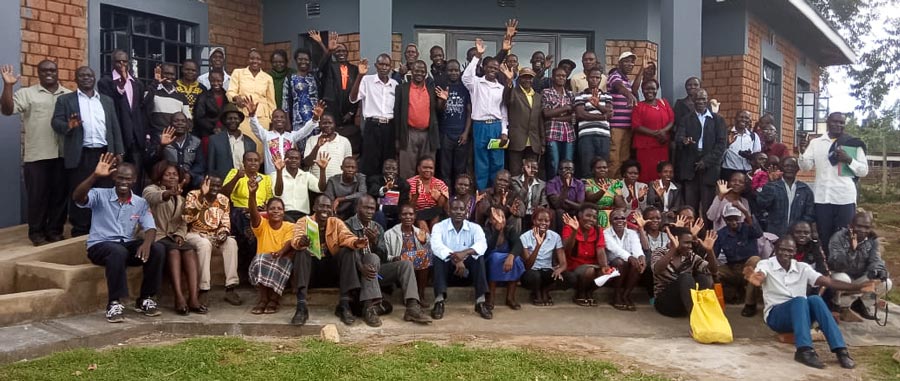In the unfolding narrative of human advancement, the interplay between community and environment emerges as a pivotal theme. Among the teachings of Baha’u’llah, the founder of the Bahá’í Faith, is the intrinsic value of collaboration, particularly as it pertains to education and sustainable development. This article elucidates the compelling case for why communities should unite to construct green, sustainable educational facilities, thereby promising a transformative shift in perspective and fostering an ethos of stewardship towards the environment.
The concept of sustainability transcends mere environmental consideration; it encapsulates a holistic vision that embraces social, economic, and ecological dimensions. In essence, sustainability seeks to harmonize the needs of the present without compromising the ability of future generations to meet their own needs. When communities collaborate on educational initiatives, they are not merely constructing buildings; they are erecting bastions of learning that epitomize sustainable practices and imbue students with a sense of responsibility towards their surroundings.
The architectural approach to a green educational facility is multifaceted. These structures are increasingly designed to integrate with the natural environment, utilizing renewable resources, and minimizing ecological footprints. Solar panels, rainwater harvesting systems, and energy-efficient materials are just a few elements that exemplify this innovative design philosophy. Not only do these features promote environmental stewardship, but they also serve an educational purpose, teaching students about sustainability in tangible ways.
Moreover, the process of collaborative construction inherently cultivates community spirit. In the Bahá’í perspective, unity is of paramount importance. Bringing together diverse groups—parents, educators, local governments, and environmental experts—fosters a sense of shared ownership and collective responsibility. Such collaboration can bridge societal divides, as individuals from varying backgrounds come together with a common purpose. This unity is fundamental in creating an inclusive educational environment where every voice is heard, and every contribution is valued.
Implementing a sustainable educational facility necessitates an acknowledgment of local ecological conditions. Rather than applying a one-size-fits-all model, communities are urged to tailor their educational architectures to reflect the unique characteristics of their environments. For example, an urban school might focus on vertical gardens and green roofs, which optimize limited space, while a rural setting could prioritize natural ventilation and the use of locally sourced materials. This localized knowledge not only enhances the effectiveness of the facilities but strengthens community ties as people draw on their collective wisdom and experiences.
Crucially, the educational curriculum within such sustainable facilities can undergo a paradigm shift. As students engage with their surroundings, they become active participants in the learning process. The curriculum can include modules on ecological literacy, renewable energy technologies, and conservation efforts. This experiential learning fosters a deep-seated understanding of environmental issues and cultivates a generation of conscientious citizens who are equipped to tackle global challenges.
Furthermore, the integration of community services into these educational facilities fosters a multi-dimensional approach to learning. By incorporating resources such as libraries, technological hubs, and public meeting spaces, the facility becomes a nucleus of community life. It exemplifies the Bahá’í principle of developing a culture of learning that extends beyond the classroom, allowing community members to gather, share ideas, and collaborate on solutions to local challenges. This multifunctional aspect not only optimizes the use of resources but also reinforces the bond between education and community engagement.
As communities embark on the journey of building sustainable educational facilities, it is vital to emphasize the importance of continuous evaluation and adaptation. The establishment of feedback mechanisms, where students, parents, and community members provide input on the effectiveness and sustainability of the facility, ensures that these institutions evolve with the changing needs of society. It embodies the Bahá’í teaching of progress and education as a continual process—one that is dynamic, reflective, and responsive.
In conclusion, the collaboration of communities to build green, sustainable educational facilities epitomizes a profound shift in perspective. The intersection of education, community engagement, and environmental sustainability foretells a promising future where the development of human capacities and ecological stewardship are inextricably linked. Embracing this vision engenders curiosity and compels societal reflection on the role we play in shaping our environments—both natural and social. As communities unite to build these educational bastions, they not only create spaces of learning; they forge pathways towards a more sustainable and harmonious future.
